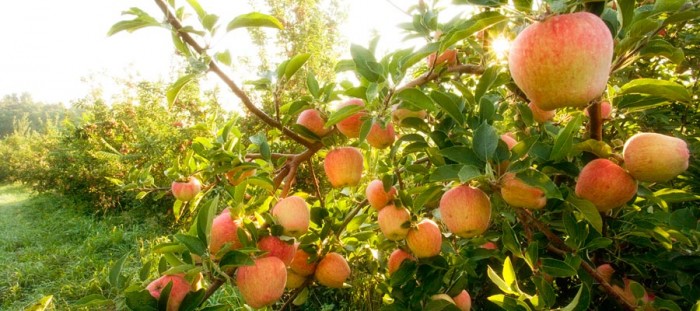Carrots, oregano, and beets.
Well, maybe it’s not entirely that simple. You should probably add lettuce, potatoes, and corn as well. And berries.
The point is, developers are finding that some of the most successful residential and commercial developments are those that include a long-term commitment to local agriculture. While many developments centered around culs-de-sac and strip malls have been put on hold, those that include community farms, farmer’s markets, and other local food-based amenities are moving full steam ahead.
In fact, at the recent Urban Land Institute (ULI) 2011 Fall Meeting in Los Angeles, the sheer power of the local food movement was put on display. Speaker after speaker demonstrated how by including local food in their development, they saw significantly higher property values with lower capital investment than traditional residential and commercial developments.
In one example, a resort developer in Hawaii included a 22-acre farm on a recently completed luxury residential resort. He is now finding that the farm is having a big impact on sales and marketing, especially when considering it cost 1/100 the price of a traditional golf course, clubhouse, and spa. In another example, Bundoran Farm in Albemarle County, Virginia is a conservation community designed around a low-density residential development and a working farm. Benefiting from drastically lower infrastructure costs as a result of the use of on-site management of stormwater runoff, the developer is also seeing lots selling for $250,000 to over $1 million.
We encourage you to read more about agriculture-centered developments and would love to hear from you should you have any questions!

